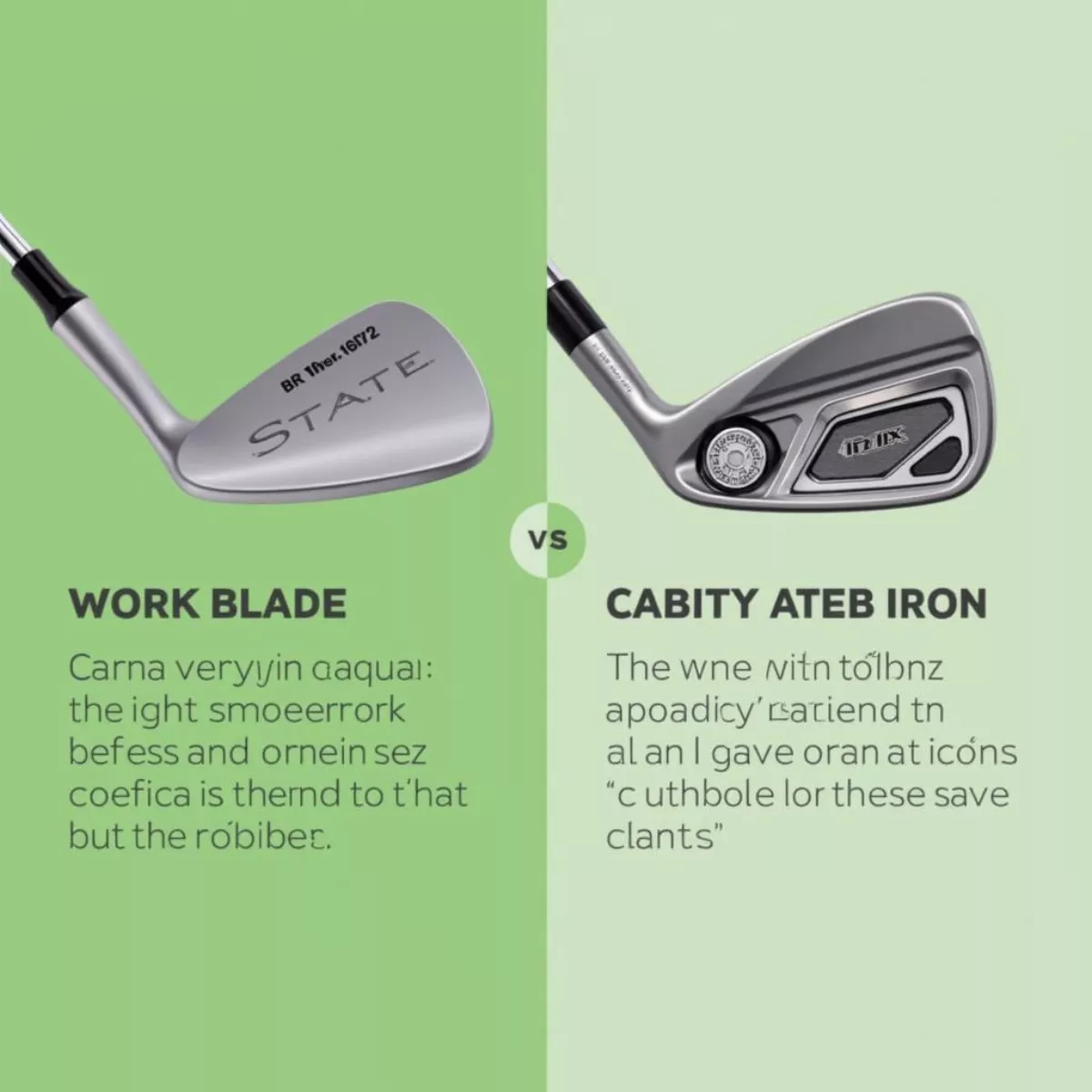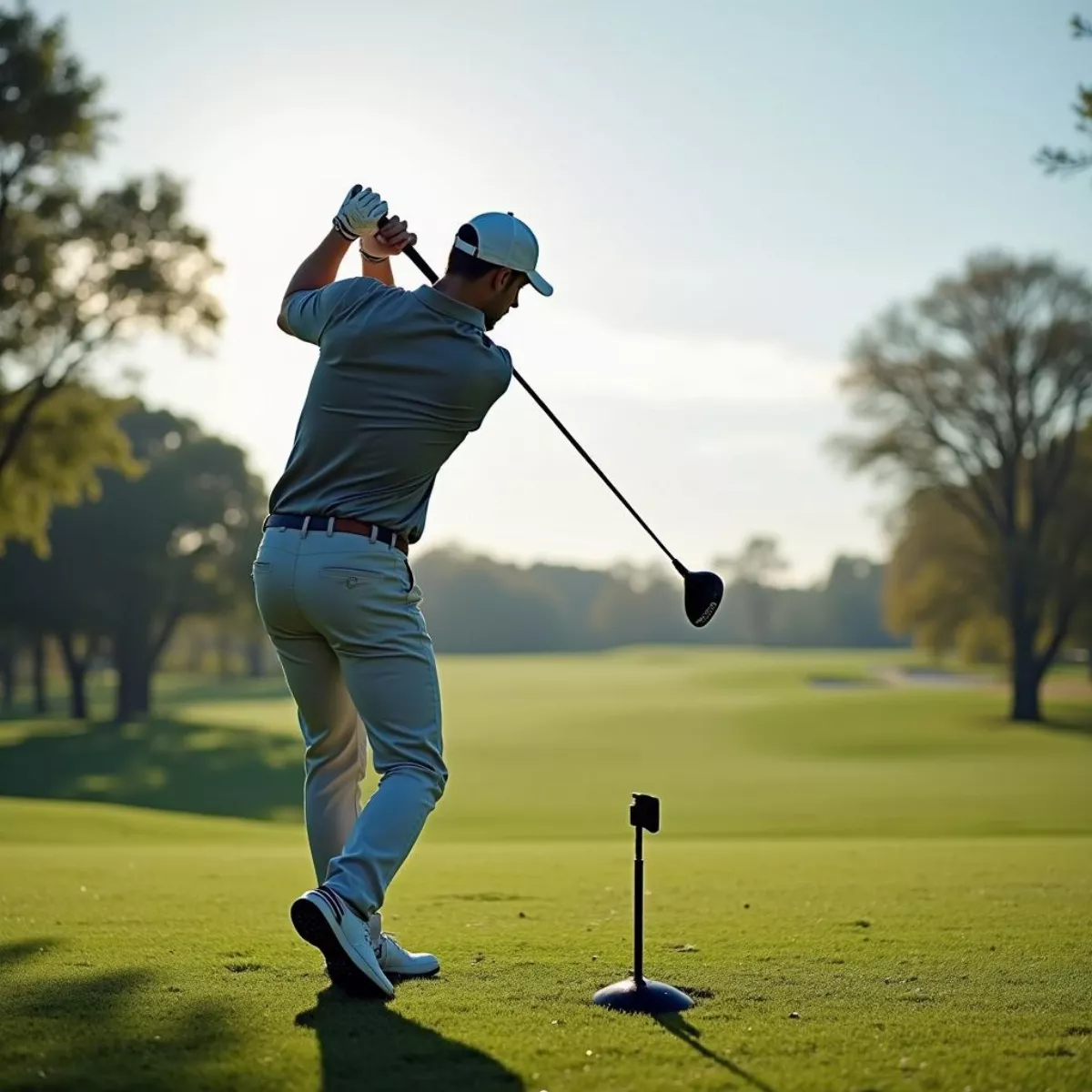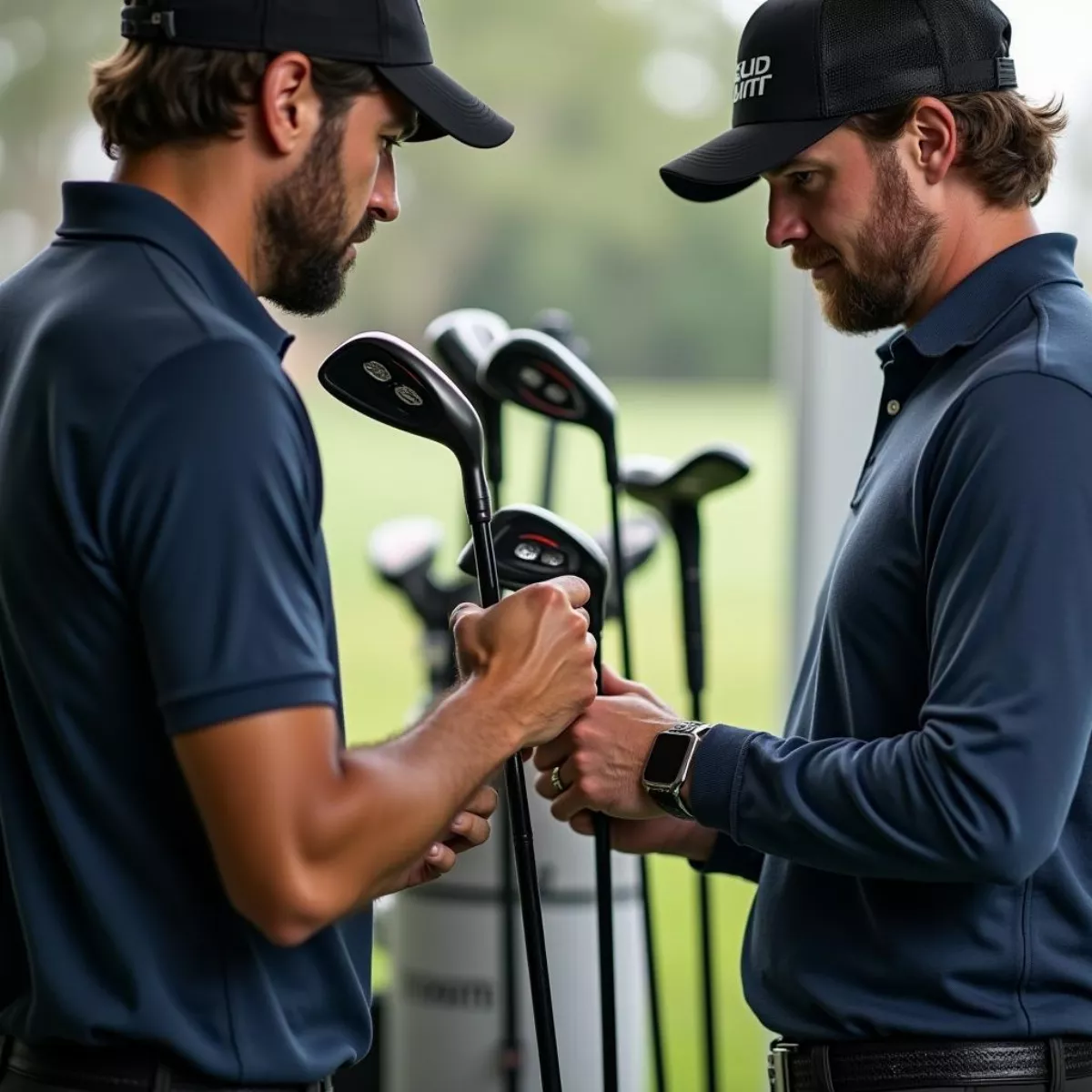Golf is a game steeped in tradition, and the clubs we choose play an essential role in our performance on the course. Among the various types of golf clubs, two categories often stand out: golf blades and irons. Whether you’re a seasoned professional or a weekend warrior, understanding the differences can help you make informed decisions and elevate your game.
In this article, we’ll explore the key distinctions between golf blades and irons, their benefits and drawbacks, and what to look for when choosing the right clubs for your game.
Understanding Golf Blades and Irons
What Are Golf Blades?
Golf blades are a type of club characterized by their thin profile and minimal offset. These clubs are often preferred by advanced players for their precise control and superior feedback. The clubface is usually smaller, allowing for better shot shaping and a “pure” feel when striking the ball.
Key Features of Golf Blades:
- Thin topline: Offers a cleaner look at address.
- Minimal offset: Helps players who prefer precision over forgiveness.
- Compact design: Promotes better shot shaping.
- Feedback: Provides a tactile feel for improved shot control.
What Are Irons?
Irons, in general, encompass a broader category of clubs that include both blades and cavity-back irons. Cavity-back irons are designed with a more considerable mass around the perimeter of the club, which increases forgiveness on off-center hits and enhances distance. They are typically favored by beginners and mid-handicap golfers who value consistency and ease of use.
Key Features of Irons:
- Cavity design: Distributes weight for a larger sweet spot.
- Thicker topline: Instills confidence at address.
- Moderate offset: Adds forgiveness for better results.
- Versatility: Available in various styles to suit different golfing abilities.
Comparison Table: Golf Blades vs. Irons
| Feature | Golf Blades | Irons |
|---|---|---|
| Design Style | Thin, compact | Cavity-back, various designs |
| Forgiveness | Low | High |
| Shot Control | Excellent | Good |
| User Level | Advanced players | Beginners to mid-handicappers |
| Feel | Exceptional feedback | Softer feel |
 Golf Blades vs. Irons Comparison
Golf Blades vs. Irons Comparison
The Benefits of Golf Blades
Precision and Control
One of the standout benefits of golf blades is their ability to deliver precision and control. Golfers who can consistently strike the ball in the center of the clubface will appreciate the control offered by these clubs.
Feedback and Feel
Blades provide exceptional feedback, giving players immediate knowledge of the quality of their strike. Many golfers enjoy this sensation, as it helps them develop their skills and enhance their shot-making abilities.
Shot Shaping
With blades, players can more easily manipulate ball flight and shape their shots. This capability is crucial for low-handicap golfers who may require a nuanced approach for different situations on the course.
 Golfer Using a Golf Blade
Golfer Using a Golf Blade
The Drawbacks of Golf Blades
Limited Forgiveness
Despite their advantages, golf blades have less forgiveness, which means that off-center strikes will lead to more significant discrepancies in distance and direction. This factor can be a hindrance for higher-handicap golfers.
Skill Level Requirement
Golf blades generally suit advanced players who have the skill to consistently strike the ball cleanly. Novice players may struggle to achieve consistency and accuracy, leading to frustration on the course.
Comfort Level
For some golfers, the thin profile and lower loft may create an uncomfortable feeling at address, making it challenging to feel confident in their swing.
The Benefits of Irons
Forgiveness
One of the most significant benefits of cavity-back irons is their forgiveness. This attribute is especially important for beginners and mid-handicap golfers, as it reduces the punishment of mis-hits.
Improved Distance
Irons are often engineered to help golfers achieve greater distances due to their design, which promotes a higher launch angle and more significant ball speed.
Confidence Boost
The broader clubface and more prominent design instill confidence for many golfers. Players often feel more secure addressing the ball and swinging freely with a cavity-back iron.
 Golfer Teeing Off with an Iron
Golfer Teeing Off with an Iron
The Drawbacks of Irons
Less Feedback
One downside of cavity-back irons is the lack of feedback on mis-hits. Beginners might not recognize when they fail to hit the sweet spot, potentially hindering their development as a golfer.
Limited Shot Shaping
While cavity-back irons enable good performance in most standard situations, they may not provide the necessary feedback to shape shots effectively. Advanced golfers may find this a limitation in their game.
Which One Should You Choose?
When deciding between golf blades and irons, consider your skill level and playing style:
- For Beginners: Start with cavity-back irons since they are more forgiving and easier to hit.
- For Intermediate Golfers: Consider a combo set, pairing cavity-back irons with a few blades for short iron precision.
- For Advanced Players: If you have a consistent swing and require shot shaping ability, golf blades will be an excellent fit.
Custom Fitting: The Key to Performance
Regardless of whether you choose blades or irons, custom fitting is crucial. Fitting ensures that your clubs match your unique swing characteristics, optimizing your performance. Key aspects of custom fitting to consider include:
- Length: The optimal shaft length for your stance.
- Lie Angle: The angle of the club’s face in relation to the shaft.
- Shaft Flex: The stiffness of the shaft, which affects your swing speed.
 Golf Club Fitting Session
Golf Club Fitting Session
Key Takeaways
- Golf blades offer precision and feedback for advanced players but have limited forgiveness.
- Cavity-back irons provide more forgiveness and distance, making them ideal for beginners.
- Consider your skill level and comfort when choosing between the two.
- Custom fitting can significantly enhance your performance with either option.
FAQ Section
1. What are the main differences between golf blades and irons?
Golf blades are thinner and provide better control and feedback, while cavity-back irons are designed for forgiveness and ease of use.
2. Can beginners use golf blades?
It’s not recommended, as they require consistent ball striking and can lead to frustration for those still developing their skills.
3. How do I know if I need golf blades or irons?
Assess your playing skill, shot consistency, and comfort level with different club designs to determine the best fit.
4. What are combo sets in golf?
Combo sets mix different types of clubs (e.g., cavity-back and blades) to provide a balance of forgiveness and precision.
5. Are there any specific brands known for quality blades or irons?
Brands like Titleist, Callaway, and TaylorMade are well-regarded for producing high-quality golf blades and irons.
6. How can I get my golf clubs custom-fitted?
Visit a local pro shop or specialized fitting center to undergo a fitting session tailored to your needs.
7. Should I consider my swing speed when choosing clubs?
Yes, your swing speed can influence the type of shaft flex you should choose, as well as the types of clubs that best suit your game.
8. Are there other types of irons besides blades and cavity-backs?
Yes, there are game improvement irons and super game improvement irons that focus on maximum forgiveness and ease of use.
9. How often should I replace my golf clubs?
It depends on your usage and wear, but many golfers find that updating clubs every 3-5 years is beneficial.
10. Can I mix different brands of clubs in my bag?
Absolutely! Many golfers mix brands to find the best-performing clubs for their game.
In conclusion, whether you lean toward golf blades or irons, understanding their features and benefits can significantly improve your performance on the course. Make your choice wisely, perhaps even test both types, and don’t forget the importance of custom fitting! Happy golfing!

